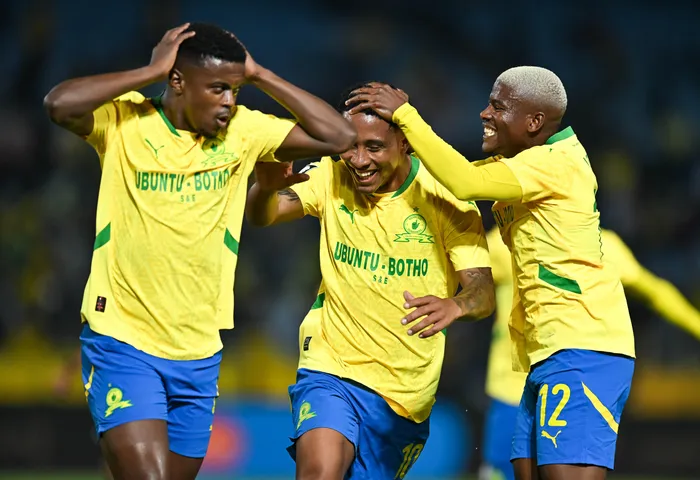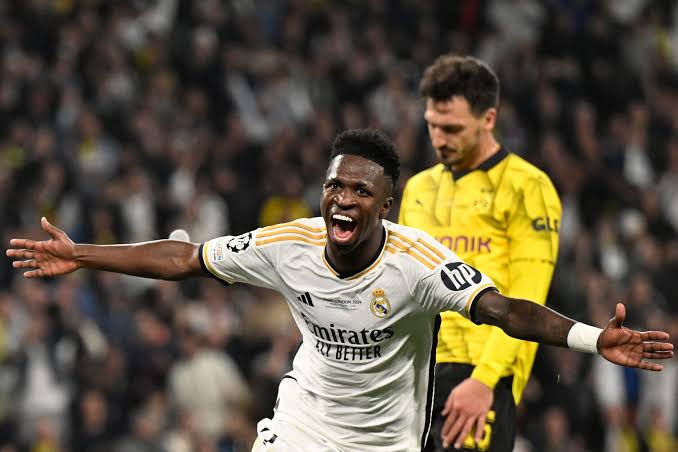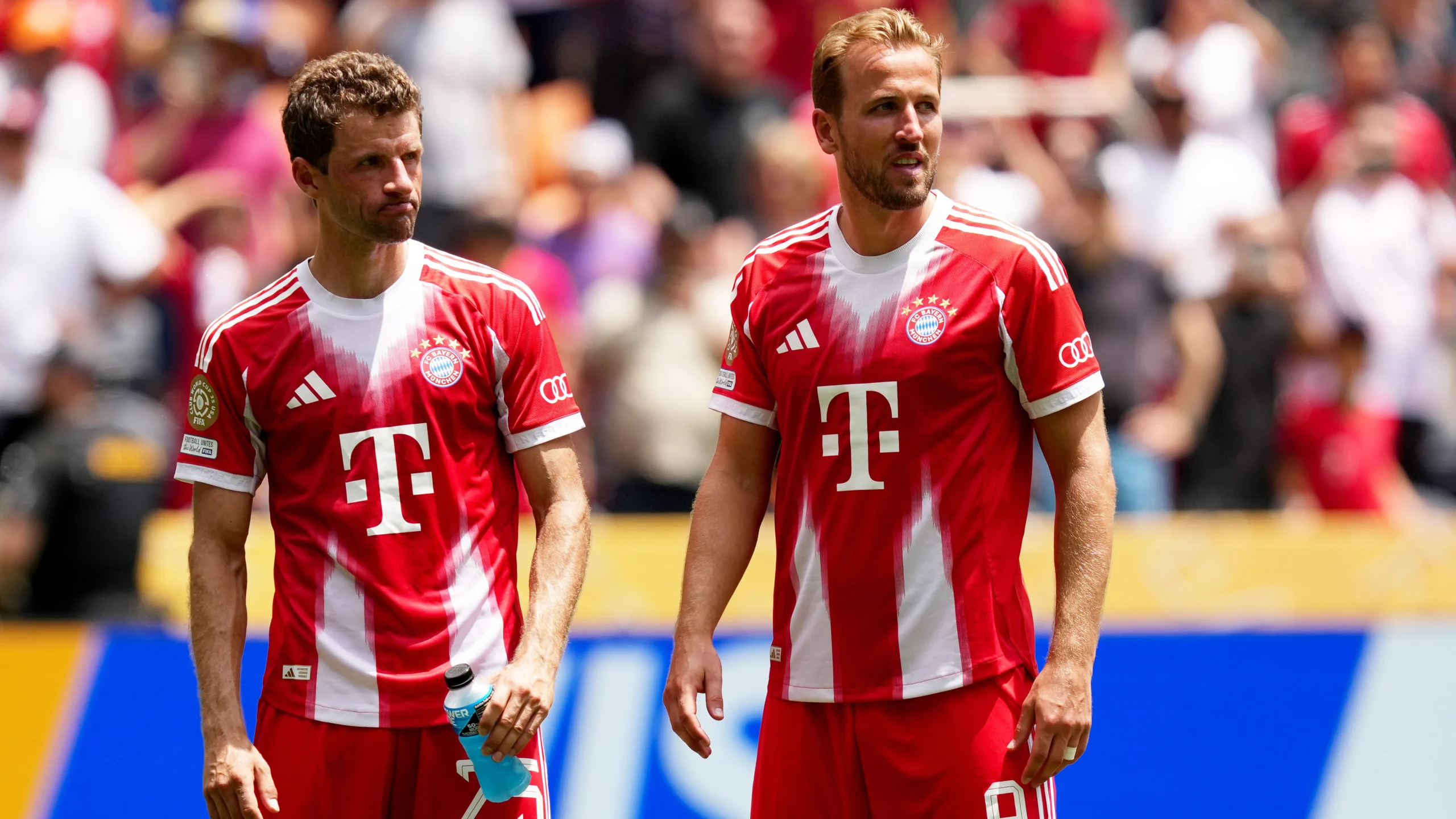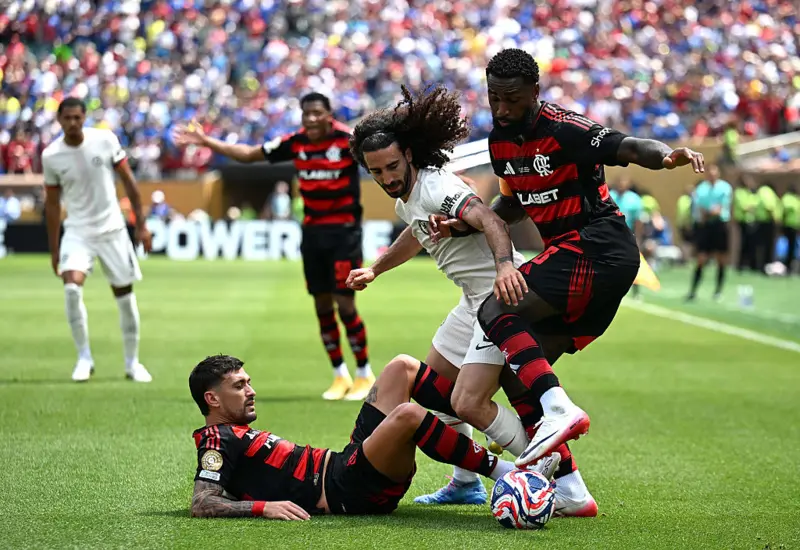Club World Cup 2025: What the performance of Mamelodi Sundowns, other African clubs reveals about the continent’s leagues

Club World Cup 2025: What the performance of Mamelodi Sundowns, other African clubs reveals about the continent’s leagues
The 2025 FIFA Club World Cup was billed as an opportunity for African clubs to assert themselves on the global stage.
Four of the continent’s top clubs—Al Ahly, Mamelodi Sundowns, Espérance de Tunis, and Wydad Casablanca—qualified for the expanded tournament in the United States.
However, none of them advanced beyond the group stage, raising significant concerns about the competitive strength of African club football compared to Europe, South America, and even parts of Asia.
Al Ahly: Experience Without the Expected Spark
Al Ahly, Africa’s most successful football club, entered the tournament with high expectations. The Egyptian giants, known for their consistency in CAF competitions, found themselves in a tricky group with Inter Miami, FC Porto, and Palmeiras. Despite showing glimpses of quality—especially in their opening goalless draw against Inter Miami—they failed to secure a win.
Their 2-0 defeat to Palmeiras exposed their struggles in attack and lack of squad depth. A dramatic 4-4 draw against Porto in the final group game added entertainment but did little to salvage their campaign. With just two points from three games, Al Ahly’s early exit underscored the limitations African teams face when up against deeper, technically superior squads.
Mamelodi Sundowns: Brilliance Blunted by Fine Margins
Mamelodi Sundowns arguably put in the most impressive performance among the African quartet. The South African side showed tactical maturity and attacking flair, beginning their campaign with a narrow 2-1 defeat to Borussia Dortmund. They bounced back with a thrilling 4-2 win against Al Hilal and drew 0-0 with Brazilian champions Fluminense.
With four points and a strong goal tally, Sundowns missed out on qualification by the slimmest of margins—goal difference. Their composure in midfield and willingness to press higher up the pitch were praised, but their inability to take full advantage of scoring chances ultimately cost them. Despite the disappointment, the team walked away with significant prize money and international respect.
Espérance de Tunis: Surprise and Struggle
Espérance were perhaps the biggest surprise among the African representatives. The Tunisian side began their tournament with a stunning 1-0 victory over LAFC, catching the Major League Soccer champions off guard with a disciplined defensive setup and a swift counterattack that led to the game’s only goal.
However, their lack of squad depth was exposed in their subsequent 3-0 loss to Chelsea. Espérance couldn’t cope with the Premier League side’s pace, power, and tactical flexibility. Finishing third in their group, they still left the tournament with their heads high, having secured a memorable victory and represented North Africa with pride.
Wydad Casablanca: Struggling on All Fronts
Wydad Casablanca endured a nightmare campaign. Drawn into a group that included European champions Manchester City, Italian giants Juventus, and Al Ain of the UAE, the Moroccan side failed to earn a single point. They conceded heavily in all three matches and struggled to create meaningful chances going forward.
The technical gap between Wydad and their opponents was glaring, highlighting ongoing concerns about talent retention and preparation within some African leagues. Their winless run not only brought disappointment but also reignited conversations about the urgent need for structural reforms in Moroccan club football, particularly in the areas of scouting, coaching, and youth development.
Key Insights: What African Clubs Must Learn
While participation alone gave these clubs financial windfalls—reportedly over $45 million in combined earnings—the tournament revealed deep-rooted issues in African club football. These include:
-
Lack of squad depth and high turnover due to player exports.
-
Poor league infrastructure and unreliable payment systems.
-
Tactical gaps when compared to top-tier European and South American clubs.
-
Limited brand visibility and weaker sponsorship ecosystems.
To compete meaningfully at global tournaments, African leagues must focus on professionalising club operations, investing in grassroots football, retaining top talent, and developing a long-term vision beyond continental dominance.
What next for Africa?
The 2025 FIFA Club World Cup may have been a showcase of African presence, but it also exposed the widening gap between African clubs and their global peers. Mamelodi Sundowns stood out as a beacon of hope, while Al Ahly, Espérance, and Wydad highlighted various challenges—from tactical limitations to financial disparity. Going forward, leveraging tournament earnings for infrastructure, coaching development, and player retention could set the stage for a stronger showing in 2029.




